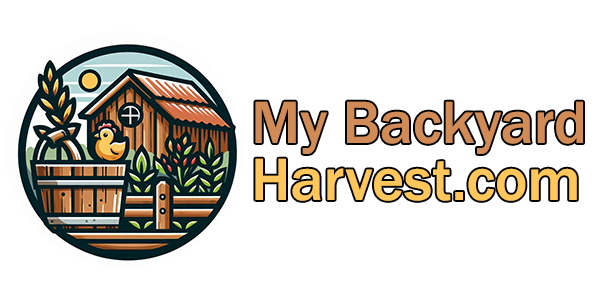How much land do I need for homesteading?
Introduction
Are you interested in achieving greater self-sufficiency, living a sustainable lifestyle, and reducing your reliance on modern society? If so, homesteading might be just what you're looking for. Homesteading is a way of life that emphasizes self-sufficiency, sustainability, and a connection to the land.
One of the most critical factors in homesteading is having enough land to support your homestead activities. But how much land do you really need to start homesteading? In this blog post, we'll explore this question and provide you with some tips and resources to help you get started on your homesteading journey.
But that's not all. In this article, we'll also discuss the best states for homesteading, sustainable living and homesteading practices, and the role of permaculture in homesteading. Whether you're a beginner or an experienced homesteader, there's something for everyone in this article.
So, if you're ready to learn more about homesteading and how to achieve a sustainable and self-sufficient lifestyle, keep reading. And don't forget to subscribe to our website for valuable resources and newsletters to help you on your homesteading journey.
How much land do you need to start homesteading?
One of the most common questions people ask when they're considering homesteading is, "How much land do I need?" The answer to this question depends on several factors, including the number of people in your household, the homesteading activities you plan to undertake, and your level of self-sufficiency.
First, let's consider the number of people in your household. If you're homesteading alone, you'll need less land than if you're homesteading with a family. According to the Homesteading Education Conference, a family of four will need at least 2 acres of land to be self-sufficient in food production. However, this can vary depending on your family's dietary needs and the homesteading activities you undertake.
Next, consider the homesteading activities you plan to undertake. If you're primarily interested in gardening, you'll need less land than if you plan to raise livestock. For example, a small vegetable garden can be grown on as little as 1/10th of an acre, while a cow requires at least 1 acre of land. The Homesteading Education Conference recommends that you plan on at least 1 acre for every large animal you plan to raise, such as cows, horses, or goats.
Other factors to consider when determining how much land you need include your level of self-sufficiency and your long-term homesteading goals. If you want to be completely self-sufficient and produce all your own food, you'll need more land than if you plan to supplement your homestead with store-bought goods. Similarly, if you plan to sell some of your homestead products, such as eggs or honey, you'll need additional land to support those activities.
Ultimately, the amount of land you need for homesteading will depend on your specific situation and goals. However, a general rule of thumb is that you'll need at least 1-2 acres of land to start a small homestead, and 5-10 acres or more if you plan to be completely self-sufficient.
Best states for homesteading in America
If you're considering homesteading, one of the most important decisions you'll make is where to locate your homestead. Some states are more conducive to homesteading than others, with factors such as climate, soil quality, and land availability playing a role. Here are some of the best states for homesteading in America:
Alaska: With its vast wilderness and abundant natural resources, Alaska is a popular destination for homesteaders seeking a truly self-sufficient lifestyle. The state offers ample land for homesteading, as well as the opportunity to hunt and fish for food.
Idaho: Known for its fertile soil and mild climate, Idaho is an excellent state for homesteaders interested in agriculture and livestock. The state also offers a low cost of living and plenty of outdoor recreational opportunities.
Montana: With its wide-open spaces and rugged terrain, Montana is a popular destination for homesteaders seeking a simpler, more self-sufficient lifestyle. The state offers ample land for homesteading, as well as access to abundant natural resources.
Oregon: Known for its mild climate and fertile soil, Oregon is an excellent state for homesteaders interested in agriculture and horticulture. The state also offers a thriving local food scene and an abundance of outdoor recreational opportunities.
Tennessee: With its mild climate and low cost of living, Tennessee is an attractive destination for homesteaders seeking a simpler, more self-sufficient lifestyle. The state offers ample land for homesteading, as well as access to abundant natural resources.
While these states are among the best for homesteading, it's important to remember that the best state for you will depend on your specific needs and preferences. Be sure to do your research and consider factors such as climate, soil quality, and land availability before making a decision.
Subscribe for the latest updates and Guidance
Quick Links
Latest Posts
10 Essential Homesteading Skills Every Beginner Should Learn
on May 14, 2024
A Beginner's Guide to Vegetable DIY Raised Garden Beds.
on July 14, 2024
DIY | How to Build Own Backyard Chicken Coop: Complete Step-by-Step Guide
on July 16 2024
Created with © Survival Insights

